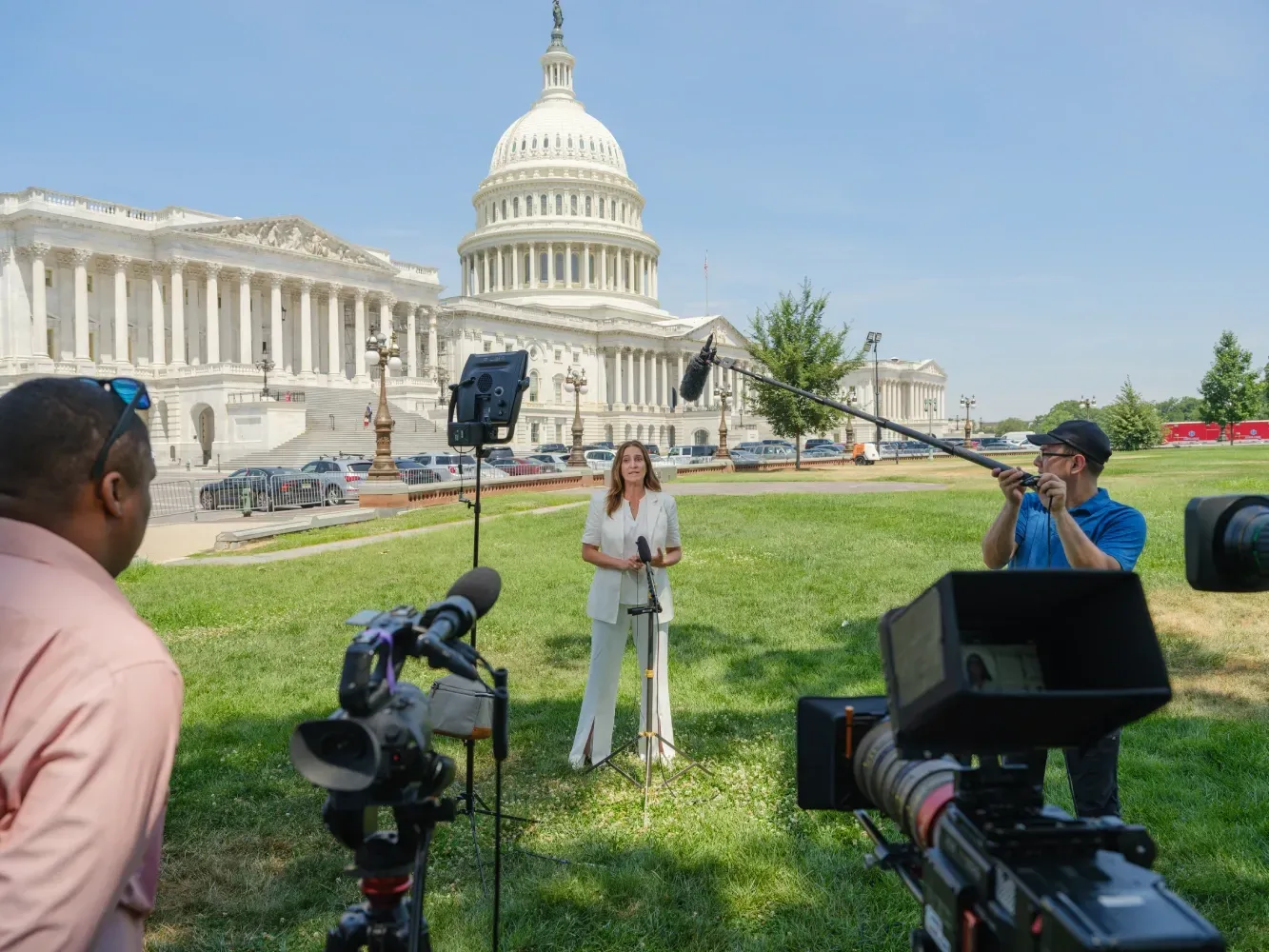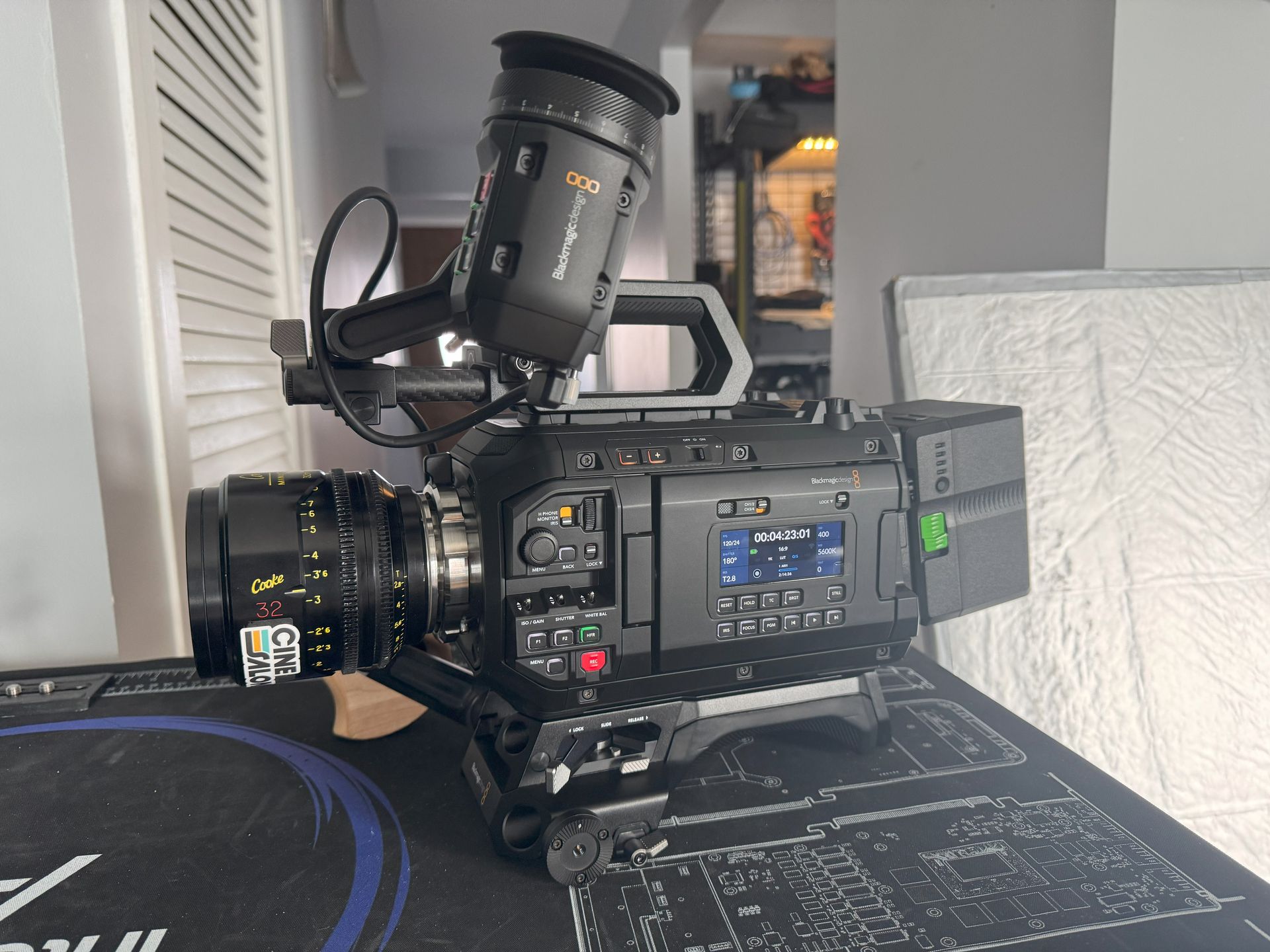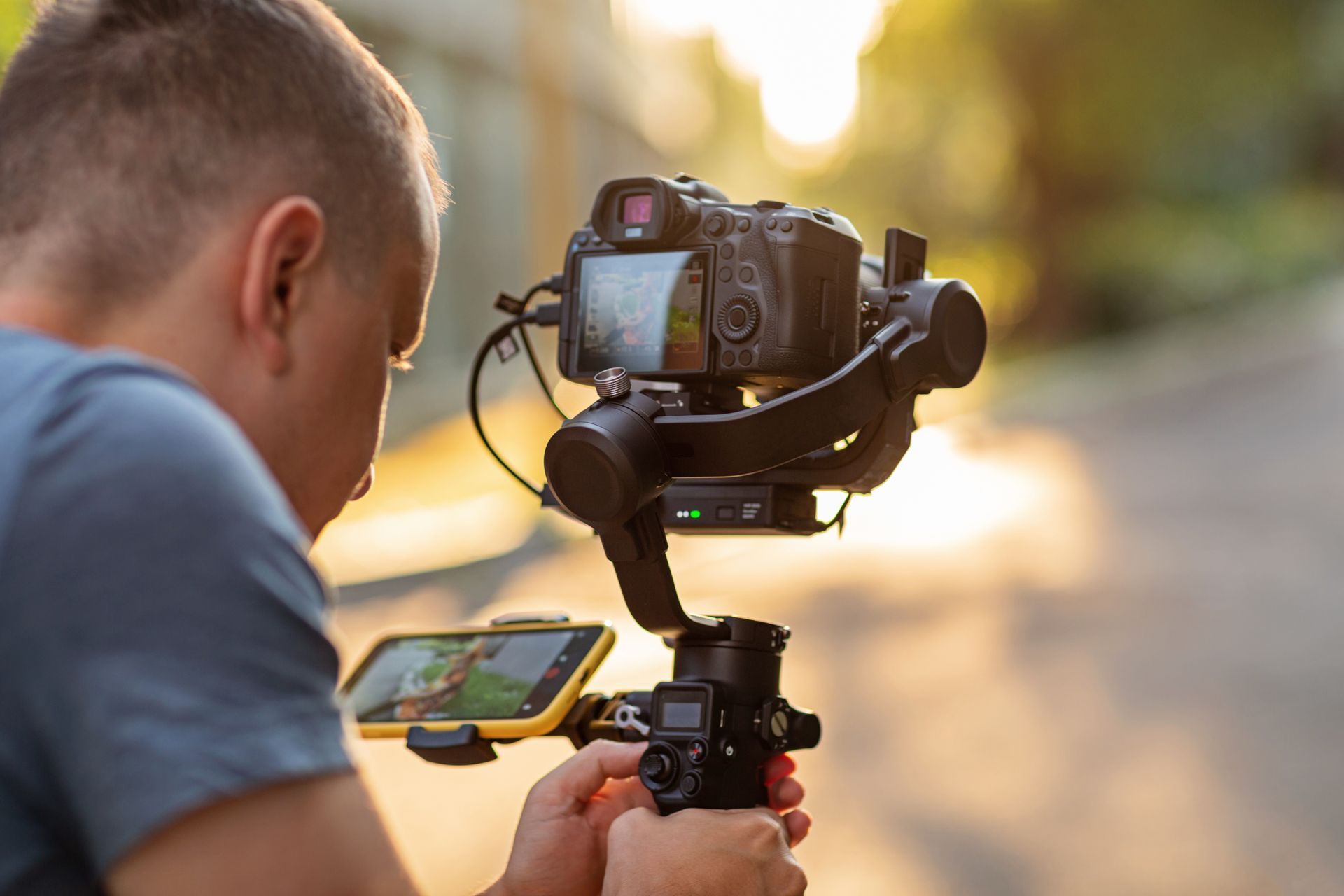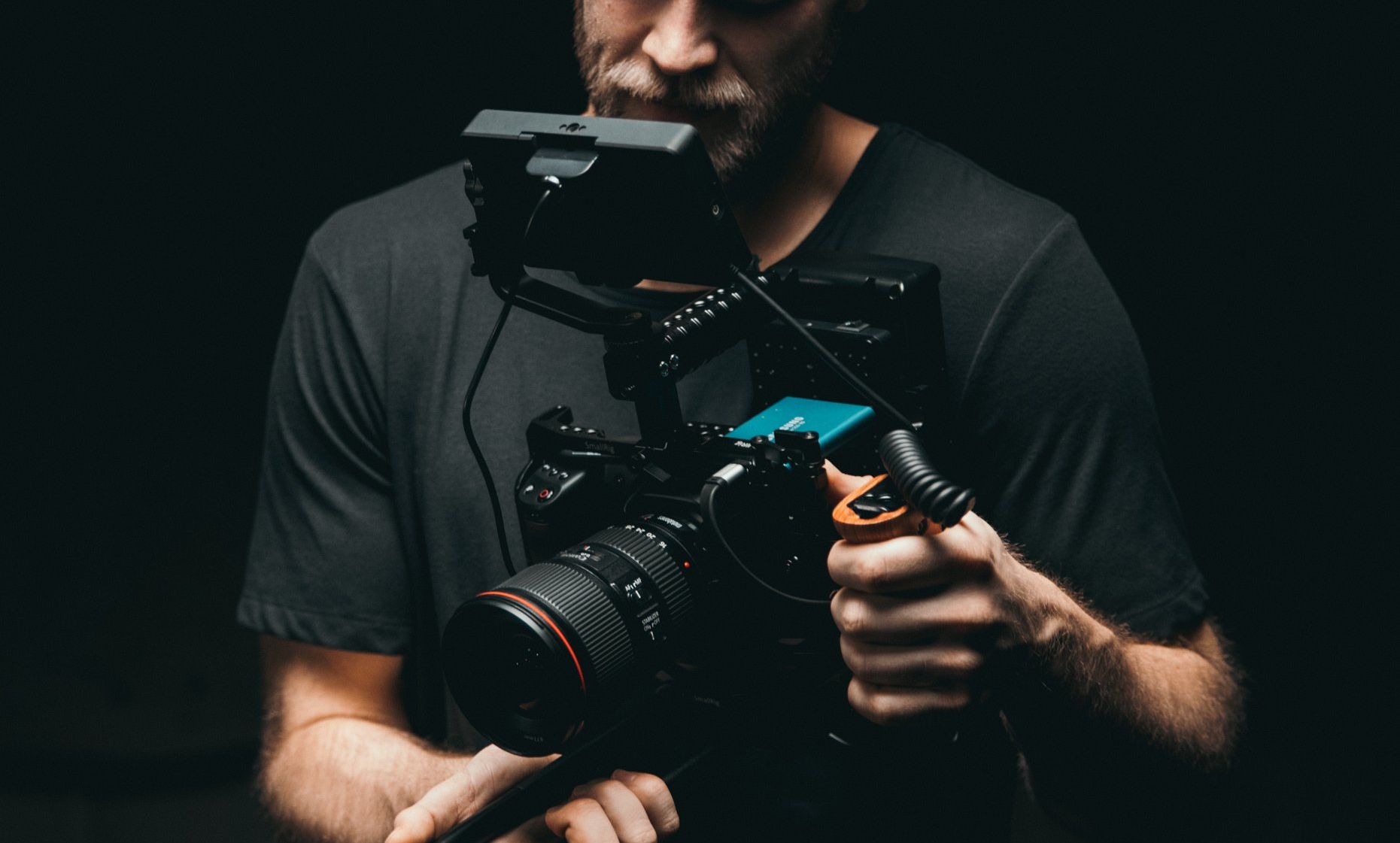
Cinematographic videography production is all about movies resembling videos. This is an excellent method of telling stories and capturing moments through the beauty of visuals and professionalism. There are 3 main stages involved in making a video. These are the Pre-Production, Production, and Post-Production. Each step would be necessary for an excellent video that narrates a story well.
Pre-Production
Planning and Coordination
A good video should have been arranged adequately at the planning stage. Some of the things to consider include:
- Sketch how each scene will appear.
- Jot down what will be said in the video.
- Make plans on when and where the shooting will take place.
- Choose who you want to feature in your film.
- Ensure enough cameras, microphones, and lighting, among others.
Setting the Groundwork
Before filming, ensure you lay down a strong foundation for your project. Here are some aspects to concentrate on:
- Find the best places to film each scene.
- Ensure legalities while filming in certain areas.
- Collect any items or clothing required for the video shoot.
- Video Strategy/Goals
Your video must have clear goals and strategy upon which its success relies. Here are some of them:
Who is your target audience?
What do you want to communicate through this video?
What action should viewers undertake after watching it?
Your brand or message has to be consistent with the raw footage captured in a movie format.
Budget/Scope
It is essential that you understand how much your video will cost as well as what it will contain. In this regard, consider various elements such as:
- All expenses incurred during production need to be recorded;
- Create an emergency budget for unplanned costs;
- Review the tasks that can be done within the financial limits;
Allocate resources wisely, choosing equipment, talent, etc., carefully based on budget.
Story Selection
Selecting an engaging story is vital for successful videos. These are some of the things that need to be considered:
- A storyline that your audience can relate to.
- Sketch how each scene will appear.
- Jot down what will be said in the video.
- Make plans on when and where the shooting will take place.
- Choose who you want to feature in your film.
Ensure there are enough cameras, microphones, and lighting, among others.
Project Timeline
A video project must have a clear timeline to complete in time. Some points to consider include:
Plan everything regarding your video's topic, people involved, locations, and financial requirements.
Script Creation
Writing a script is one of the most important steps towards making videos. Here are some of them:
- Sketch how each scene will appear.
- Jot down what will be said in the video.
- Make plans on when and where the shooting will take place.
- Ensure enough cameras, microphones, and lighting, among others.
Talent/Characters
Choosing which features are featured in your movie is very significant. These factors should be kept under consideration:
- Choose who you want to feature in your film.
- Prepare comprehensive descriptions for each character.
- Conduct auditions with different role players to determine who best meets such criteria.
- Sign contracts with talent so that everyone knows their roles and responsibilities for this project.
Equipment Needs
It would be best to assemble a skilled and experienced team to produce a winning video. Here are some factors to consider:
- Engage a Director for the whole production process.
- Hire a cinematographer who will undertake all camera operations.
- Hiring Sound Engineer: Hire a sound engineer for audio recording and mixing.
- Employ a gaffer or chief lighting technician in charge of light control.
- Have a grip that will hold the camera and lighting equipment.
Make sure you have someone performing administrative functions- A Production Assistant.
Location Scouting
Your choice of location for your video determines its success. Here are some of the points to consider:
Visit potential locations to see if they would be ideal for your video.
Securing any needed permits or permissions for shooting in those specific locations should commence early enough before filming begins.
Consider crew parking, accessibility, and accommodation needs during shooting day at each location.
Make sure that weather conditions in these places will accommodate filming.
Equipment Needs
Having all the necessary equipment to create your video would be best. Here are some points to consider:
Choose cameras that suit your project by considering attributes such as resolution, frame rate, lens options, etc. Pick microphones suitable for your project, considering aspects like directionality, sensitivity, battery life, etc.
Get appropriate lights that meet other criteria like color temperature (CCT), intensity (in LUX), compactness/portability, etc. Look at stability/mobility/versatility factors for proper camera support equipment.
Use wireless systems when setting up audio & video to eliminate cables that can easily tangle with other devices and ruin sound quality. Try adding reflectors/diffusers/gels, etc., as extra gear that could improve upon what you have already done with lighting!
Backup equipment is essential if something goes wrong during the shoot days.
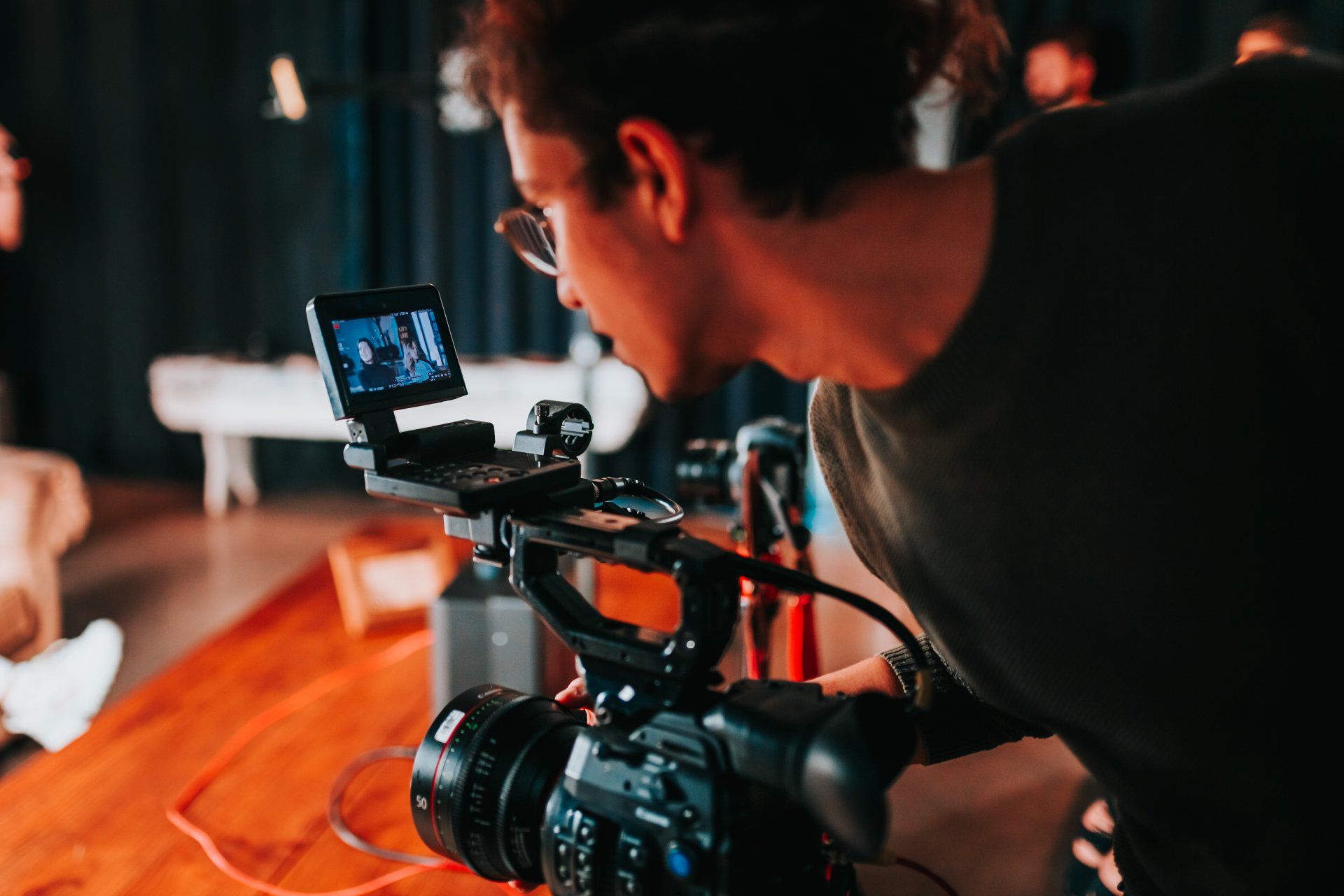
Production
Capturing Interviews and Footage
This is when we start shooting interviews and scenes that bring your story to life. Below are important points:
Prepare a comfortable, well-lit area for conducting interviews. Set up the camera before the interviewee to maintain a clear view of them. Capture clear sound by ensuring a good microphone position.
Prepare a list of questions to guide you through. This will help you shoot extra footage to improve your storytelling during post-production. Make sure that every scene is taken more than once so you can make choices as an editor.
To get what one wants, it is necessary to guide those being interviewed on how they should look and feel. Ensure great lighting to have an appealing video appearance. Use panning, tilting, and tracking shots for added visual interest.
Stay consistent with props, clothing, and blocking details throughout filming.
Setting up Equipment
You must set up all equipment before starting to film. Below are important points:
Place the camera at different camera angles and shot types for accurate shots. Take care while setting microphones for proper audio recording.
Create visually catching videos by arranging lights perfectly. Employ tripods or dollies that allow smooth movement while keeping cameras steady—record high-quality sound using audio recording devices.
Use wireless systems for audio/video, thus avoiding wire clutter. Use other stuff like reflectors, diffusers, or gels to add more creativity to your present lighting setup.
Get some alternative equipment due to production failures/errors, if any.
Interviewing
It is the time when you are going to film interviews that will make your story come alive. Here is what you should keep in mind:
Make sure there is a comfortable place with good lighting to have interviews. Position your camera at a good angle and distance for accurate shots. Check if microphones are operating well and recording clear sound.
Prepare a list of questions to steer the interview process. Film several takes of each scene to have options during editing—directed interviewees and actors to get desired emotions and expressions.
Lighting
Make sure the video has proper lighting to make it appear attractive.
Use panning, tilting, and tracking shots for increased visual interest. Pay attention to details such as props, costumes, and placement, which keep the shooting consistent throughout.
Recording Voiceovers
Recording voiceovers provide narrative or dialogue to your video. These are some key points to consider:
It would be best to prepare a text that the narrator will read. You need a quiet space with good acoustics where the audio can be recorded clearly; put the microphone right for perfect sound quality.
Choose an appropriate voiceover artist who matches the tone and style of your video. During the recording session, give cues about pacing, tone, and emphasis required here. Cut down on and edit voiceovers so that they seamlessly fit into your video.
Final Delivery
The final delivery phase involves wrapping up the entire project by sharing it with intended audience members in the form of videos; hence, there is a need for this section because it shows us how we go about executing this process. Here are some key points to consider:
Gathering all footage, interviews, and B-roll footage together makes one complete piece out of them through editing processes, etc., making it possible before uploading onto different video platforms like YouTube or Vimeo, where people can watch such videos by simply clicking on their browsers. Change colors and tones so that they better suit its look. Balance audio levels and add polished sound with music or sound effects.
Introduce transitions between the scenes to have a good connection. They can include titles, subtitles, graphics, and effects like filters, animations, and so forth to enrich the narrative aspect of the film’s visuals. Lastly, check this video to see where you found mistakes or gaps.
Ensure the video is saved in a format that can be shared on various platforms. Use social media or websites to share the video on different channels so your audience can find it.
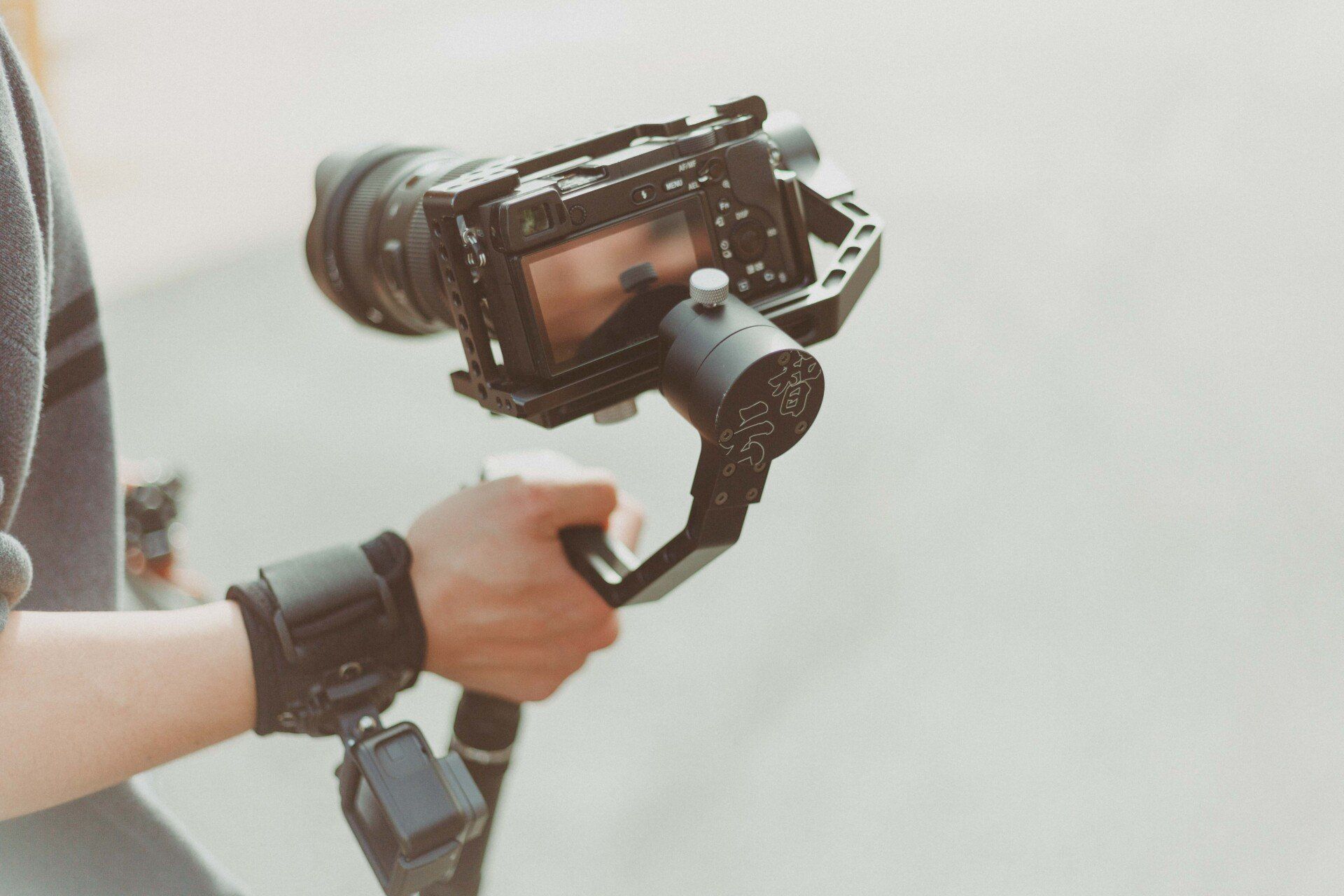
Post-Production
Organizing and Planning
During post-production, organizing and planning are essential factors that enable one to make their project look more professional. Here are some key points to consider:
Arrange all your video clips and audio files in an ordered way for easy access. Constructing a timeline will help you understand what will happen next between scenes—following the storyboard when making a movie to stay within its initial vision.
Make necessary adjustments based on feedback from team members or clients. Keep track of different versions of videos for effective change monitoring.
Editing the Video
This is where you turn your random video into something cohesive—the power of editing. Here are some key points to consider:
Crop off unnecessary parts by choosing only the best clips that suit every scene perfectly. Add transitions between scenes for smooth flow and continuity. Use saturation, hue, color balance, etc., to enhance your video's appearance.
To have a smooth flow and best-developed storyline, it should also contain background music tracks, subtitles, or opening credits, giving readers insights about what they should expect while watching these movies. Finally, filters or animations, whatever is available, can be applied to enrich the visual appeal of the clip.
Watch edited videos several times over before finalizing them so that you ensure high-quality control and improvements are made. Check a couple of client and stakeholder edits before completing such projects.
Music Selection
The proper selection of music can significantly improve the mood and impact of your videos. Here are some key points to consider:
Your chosen music should align with the video’s mood, tone, and theme. Decide between using music that does not infringe on copyright or composing it yourself. Obtain all necessary licenses for any songs used in your videos.
Ensure that the volume and timing of music suitably blend with the rhythm and flow of your video—Let the music synchronize with video clips to make one production piece.
Reviews/Approvals
Other opinions are essential to finalize a video; stakeholders must be satisfied first. The following are key points to consider:
Send a link to the video to colleagues for comments and suggestions. Get feedback from customers or interested parties to confirm whether it meets their specifications. Share the movie with prospective viewers or members of its target audience where possible.
Make changes based on feedback given during the review stage. All critical people should approve the film before release. Save your movie in an appropriate format that can be shared on different platforms,
Thus, this will enable you to reach those interested in watching your particular.
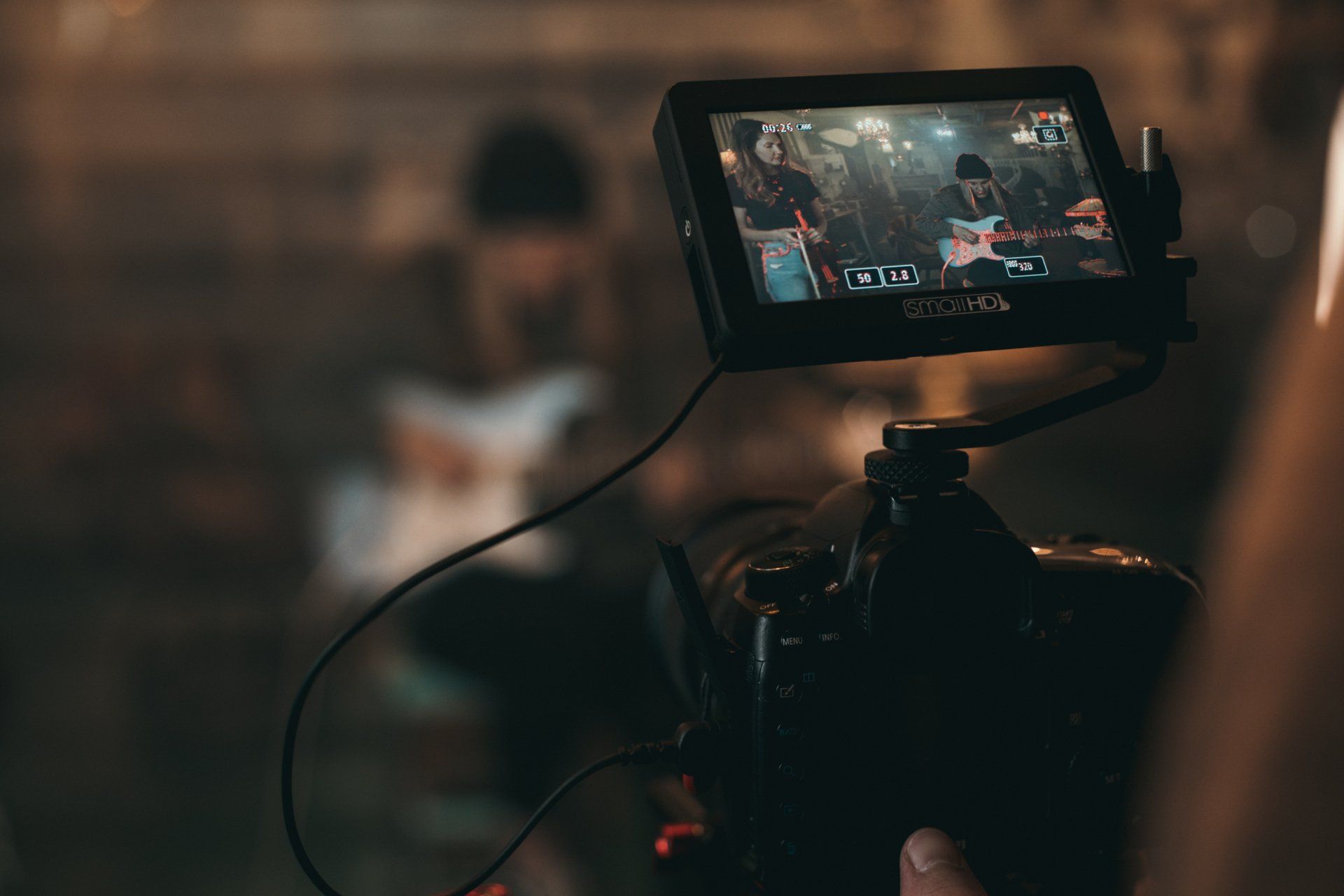
The Art and Style of Cinematic Videography
Visual Storytelling Through Cinematography
The narration uses camera moves and is a visual storytelling technique through cinematography. These are some key points to consider:
Cinema videographers frame shots for the viewer’s attention and an expression of emotions.
They use panning, tracking, and zooming, among other techniques, to improve the stories.
They also use the creation of various moods via lighting set-ups.
They add colors that call forth certain feelings or themes in a video.
Building Mood and Atmosphere with Visuals and Sound
A video should have a mood and atmosphere to capture the viewers' attention. Here are a few essential things to think about:
Examples include music, sound effects, silence, etc., which can affect emotions.
Visual elements like filters and overlays may be used to guide the mood.
The pace of editing techniques is changed by different filmmakers, who edit their films fast for more tension while others edit slowly to create tranquility in their audiences’ minds.
Scenes and transitions should, therefore, have a consistent feel throughout the film/drama, regardless of style variations that may occur between them.
Developing a Unique Visual Style for Your Project
This sets apart your project with its unique visual style, which will be achieved by creating. Below are some key aspects you should look into:
Planning sequences visually as well as aesthetically.
Check for altering or enhancing colors for a specific look when filming, shooting, or capturing images/video tapes/frames.
Play around with perspective, angle, and movement in experimentation mode only at once, going against overall directorial guidelines with permission from them either earlier or later.
Ask yourself if the project needs consistency regarding this aspect, too.
The Influence of Film Theory and Visual Language
When you know your film shot types theory and visual language, this goes deep into cinematic videography; hence, it is helpful because it makes you realize how each scene stands out. Read below for the key points to consider:
- Put genre-specific visual cues onscreen so the audience can recognize each.
- Visual symbols may give more significance to concepts or themes.
- Film techniques like mise-en-scène and montage will also be useful for storytelling.
- You can also use visual codes and conventions established within a particular learning society to ensure familiarity and a common language among target groups.
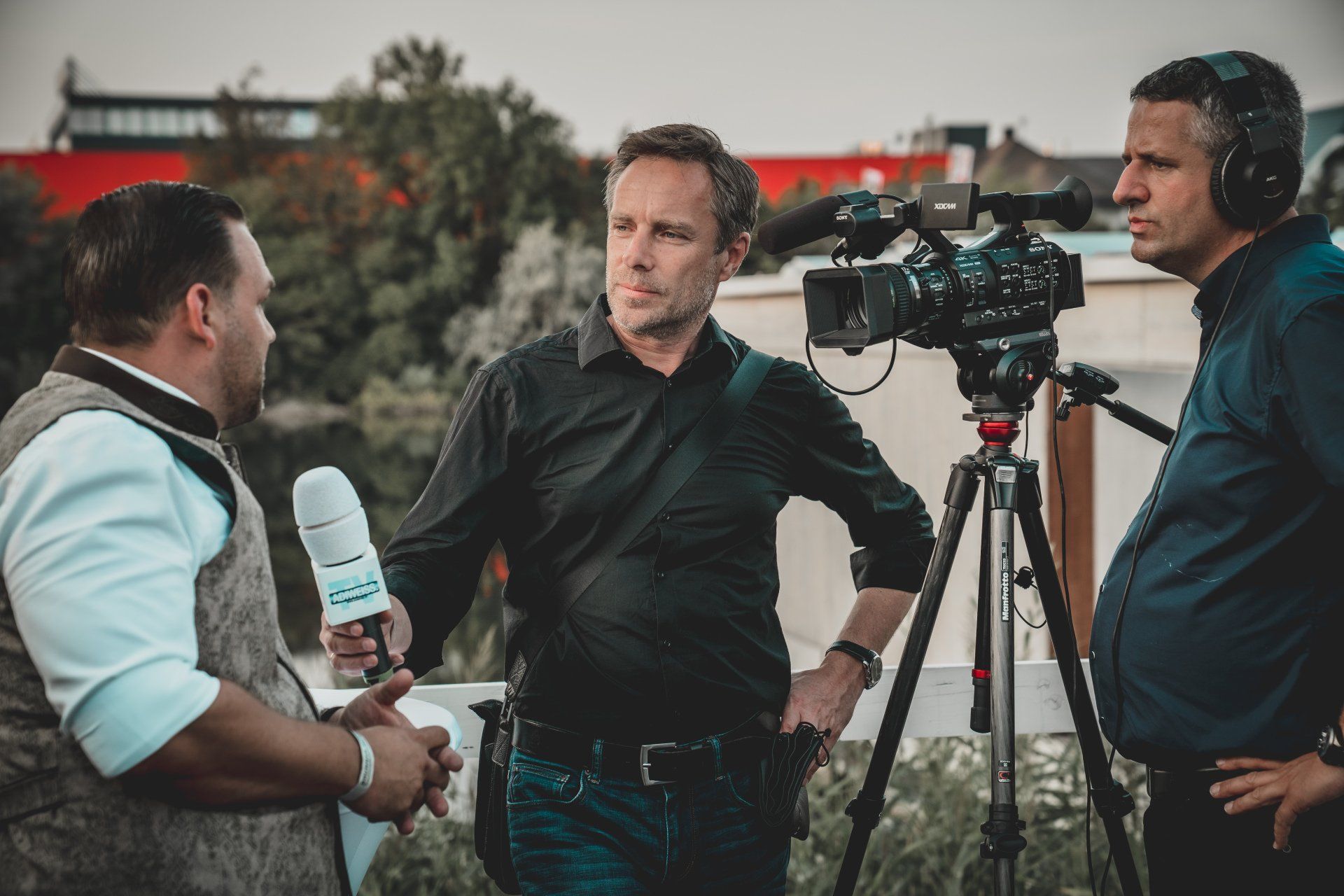
Common Software Used in Post-Production for Cinematic Videography
Post-production in cinematic videography involves using various software tools to edit and enhance the video. These are some standard software used in post-production:
Adobe Premiere Pro
The software allows users to cut, edit, and add visual effects to videos. It is characterized by timeline-based editing, audio correction, and its integration with other Adobe Creative applications.
Adobe After Effects
Adobe After Effects is the leading software for adding special effects or motion graphics, such as video animations. For example, great, explosively fantastic titles enrich your entire video look by changing all its aspects within a concise duration.
Avid Media Composer
It is a professional editing software commonly used in film and television industries. The program has advanced editing tools, real-time collaboration, and support for high-resolution media.
Adobe Audition
This audio editing software is designed for editing, mixing, and sound design that enhances the overall audio quality of a video. For instance, noise reduction and audio restoration are two features that ensure excellent audio in your video.
Pro Tools
This is an audio recording, editing, and mixing tool often used in post-production. Within the music and film industry, it is also renowned due to its solid audio processing capabilities and compatibility with professional audio hardware.
Autodesk Smoke
It combines editing tools and visual effects to provide a complete post-production workflow. The advanced editing features, color grading capabilities, visual effects tools, and support for high-resolution media formats can be achieved using this tool.
HitFilm Pro
This has different editing, visual effect maps, and compositing tools within one software package. It offers advanced features such as 3D compositing, particle simulation, color grading tools, and support for various media formats.

Ethical Considerations in Filmmaking
Ethical considerations in film-making are critical; they should be considered from production start to end. Here are some of the moral aspects you need to consider:
Treat all those involved in your production with dignity. Give information factually without falsifying it in any way. Therefore, remember to get their consent before featuring someone in your video.
Ensure you do not spread harm or stereotype people through your content. Cultural differences should be considered so that there is no misrepresentation or appropriation.
Legal Considerations in Using Copyrighted Material
To avoid infringement issues while using copyrighted material in your video, you must look at how legality comes into play. Below are some constitutive legal materials:
Copyright Laws
Know copyright laws; ensure you can use music videos or images in your production.
Fair Use
Ensure you know how copyrighted material can be used correctly when criticizing it or using it only for educational purposes.
Licensing
Obtain appropriate licenses or permissions for any copyrighted material included in your video.
Public Domain
Always use content in the public domain or with a Creative Commons license to avoid copyright problems.

Marketing and Distribution Strategies for Your Video
Upon completing the video, you need to create a plan on how it can reach your target audience effectively. Here are some strategies:
- Share your videos with various audiences via Instagram, YouTube, and Facebook.
- Ensure you optimize the video's title, description, and tags for search engines.
- Consider working with influencers, brands, or creators who could help expand its reach.
- To get exposure and recognition within the industry, submit it to film festivals.
- Develop an email list of subscribers interested in your content and share it through newsletters.
You can promote your video using paid Google Ads or social media advertising targeting specific audience groups.
Common Mistakes to Avoid in Cinematic Videography
Cinematic videography requires close attention to detail and avoiding common traps. Some prominent mistakes that should be avoided include:
Dark footage may result from inadequate lighting, producing grainy, messy videos. Good lighting is essential for visually attractive videos that attract attention.
Unsteady camera work that distracts viewers’ attention. For smoothness and professionalism when shooting, use tripods or stabilizers.
Neglecting audio quality will ruin a good video. Get good microphones; ensure sound recording is clear without distortions.
Simplicity is vital in shots. Avoid unnecessary camera movements or complicated compositions that might confuse viewers.
Incorrect white balance can lead to unnatural colors in your video. Make sure you adjust the white balance based on the lighting conditions.
Not reviewing and revising your work can lead to overlooked mistakes. Before you finalize it, take time to go through the content again to polish your video.
A good narrative is crucial in cinematic videography. Keep the story simple and straight or give a clear message that attracts and engages viewers from start to end.
Final Words on Cinematic Videography
Cinematic videography is all about telling stories through visuals. You should avoid lousy lighting, unsteady shot footage, and poor sound quality to create captivating videos in this style. Do not forget that before shooting, you should plan carefully. Pay attention to composition rules so that you make exciting movies for people who watch them out there; this will make your videos stand out among many others. Concentrating on details using refined techniques over time can foster creative ideas that bring forth reality, thus changing their audiences' perceptions towards cinematic videography as an art form rather than just another form of media entertainment.
Let us know what you want if you need help creating cinematic videography. Our cutting-edge technological expertise available today will help bring your thoughts into action.

Get total clarity on your video marketing and paid media with our FREE comprehensive data audit.

